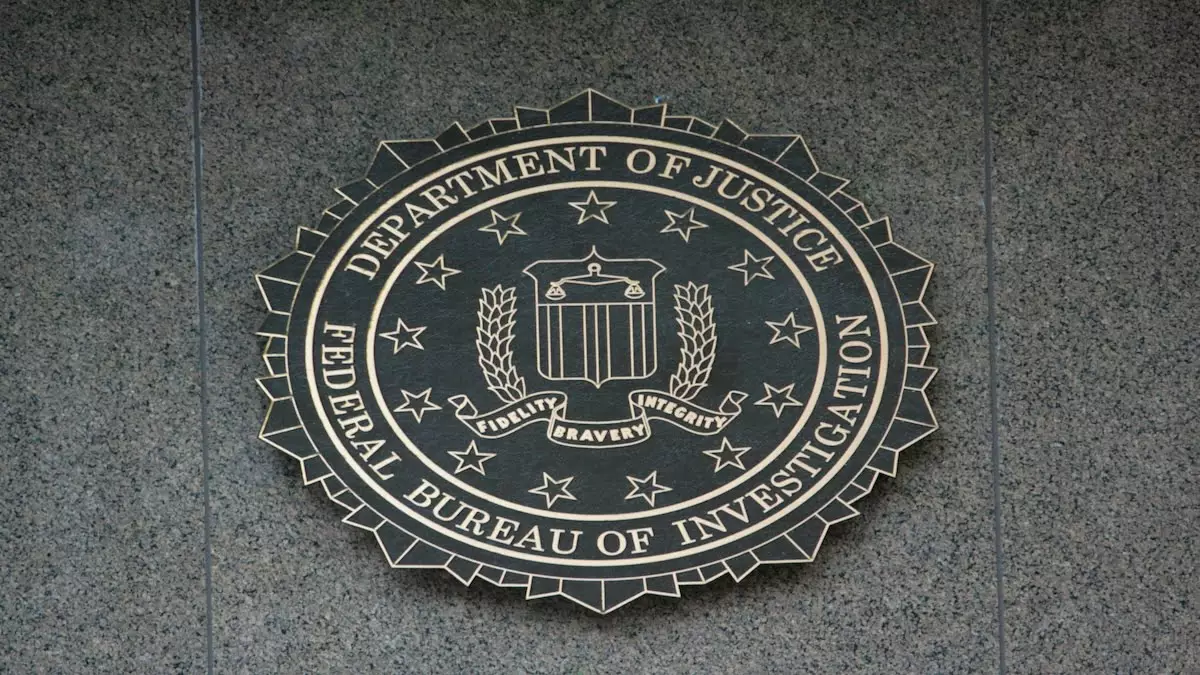The FBI has recently announced a groundbreaking decision to utilize Non-Fungible Tokens (NFTs) to return $1.14 million to victims of the CluCoin fraud scheme. This marks a significant departure from traditional methods of victim contact and restitution in cases of financial crime. By leveraging NFTs, the FBI aims to streamline the recovery process for victims while minimizing the risk of further fraud.
This bold move by the FBI could signal a new era in law enforcement, where NFTs play a central role in legal and government proceedings. The secure and transparent nature of NFTs makes them an attractive tool for improving accountability and ensuring the integrity of digital transactions. Imagine a future where NFTs are used to verify identities, communicate restitution claims, and manage legal documents with unparalleled efficiency and security.
As NFTs gain traction in law enforcement, regulators are beginning to take notice and ponder the necessity of standardized governance frameworks for these digital assets. The current regulatory landscape for NFTs is fragmented and inconsistent, underscoring the need for cohesive oversight to protect victims of financial crimes and their digital assets. Collaboration between government agencies and blockchain platforms may be essential in developing effective policies that safeguard stakeholders in the digital economy.
The CluCoin fraud case represents a pioneering example of using NFTs to recover stolen funds and combat financial crime in the digital realm. The FBI’s success in utilizing NFTs for victim restitution could pave the way for broader adoption of this technology in civil and criminal cases. As NFTs evolve, they may become a cornerstone of digital policing, revolutionizing the way law enforcement agencies investigate and prosecute financial crimes.
It is important to note that this article was generated with the assistance of Artificial Intelligence and subsequently edited and fact-checked by Owen Skelton, an experienced journalist and editor. This collaborative effort highlights the intersection of technology and journalism in delivering insightful and informative content to readers. As the role of AI in content creation continues to expand, it is crucial to uphold the standards of journalistic integrity and accuracy in all forms of media.

